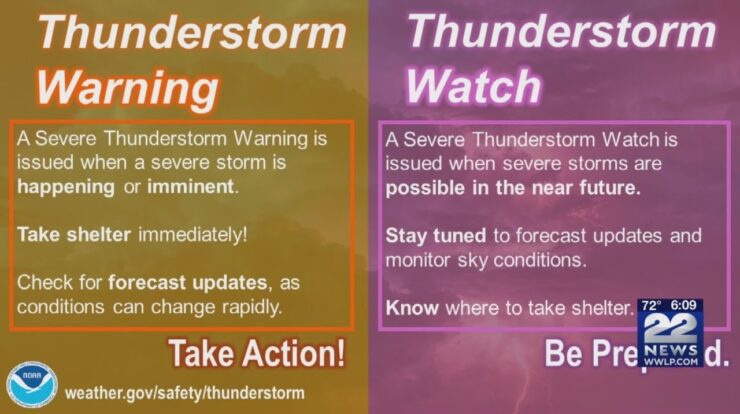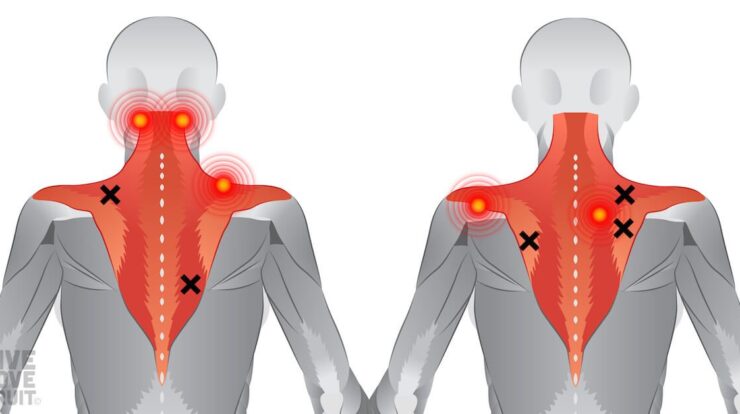
Is a watch or warning worse – In the realm of weather forecasting, the terms “watch” and “warning” carry distinct meanings that can have profound implications for individuals and communities. This article delves into the nuances of these alerts, exploring their impacts, accuracy, and the crucial role they play in promoting preparedness.
When a watch is issued, it signals the possibility of a hazardous weather event occurring within a specific timeframe. In contrast, a warning indicates that the event is imminent or already underway and poses an immediate threat to life and property.
Looking to catch some hard-hitting action? How to watch bare knuckle fighting has you covered. With its brutal and unyielding combat, it’s sure to leave you on the edge of your seat.
Watches vs Warnings: Understanding the Definitions
In the realm of weather forecasting, “watch” and “warning” are two crucial terms that convey distinct levels of urgency and potential impact. Understanding their meanings is paramount for staying informed and prepared.
A “watch” is issued when conditions are favorable for a specific hazardous weather event, such as a thunderstorm, tornado, or flood. It signifies that the event is possible but not imminent. A “warning,” on the other hand, is issued when the event is already occurring or is expected to occur imminently.
It indicates that immediate action is necessary to protect life and property.
Impacts of Watches and Warnings
The impact of a watch or warning can vary significantly depending on the severity and type of weather event. A watch typically provides an early warning, allowing individuals and communities time to prepare and take precautions. This could include securing loose objects, making an evacuation plan, or seeking shelter.
Understand the crucial difference between watch and warning during weather events. Knowing when to take action can save lives and protect your property.
A warning, on the other hand, demands immediate action. Ignoring or failing to act upon a warning can have dire consequences, such as property damage, injury, or even loss of life.
Accuracy and Uncertainty
While weather forecasting has advanced significantly over the years, predicting weather events with absolute accuracy remains a challenge. Watches and warnings are based on current observations, weather models, and historical data, but they are subject to uncertainties and limitations. Factors such as the unpredictable nature of weather patterns, the availability of real-time data, and the complexity of atmospheric processes can affect the accuracy of forecasts.
Witness the battle for basketball supremacy with watch lakers vs nuggets . Tune in for an epic clash between two of the NBA’s most iconic teams.
Decision-Making and Preparedness
When a watch or warning is issued, it is crucial to make informed decisions and take appropriate actions. Individuals and communities should develop emergency plans and know how to respond to different weather events. This includes identifying safe shelter, evacuation routes, and emergency contacts.
It is also essential to stay informed by monitoring weather updates and following instructions from local authorities.
Communication and Public Awareness, Is a watch or warning worse
Effective communication is vital in ensuring that watches and warnings reach the public promptly and clearly. Media outlets, government agencies, and weather services play a crucial role in disseminating information to the community. Public education and awareness campaigns are also essential to promote preparedness and foster a culture of safety.
Stay informed about the latest emergencies with oge system watch . This vital tool provides real-time updates on impending threats, ensuring you’re always prepared.
Technological Advancements
Technological advancements have significantly improved the accuracy and timeliness of watches and warnings. Advancements in weather forecasting models, satellite imagery, and radar technology have enabled meteorologists to make more precise predictions. Real-time data from weather stations, weather balloons, and other sensors further enhance the accuracy of forecasts.
Final Conclusion

Understanding the difference between a watch and a warning is paramount for effective decision-making and preparedness. By staying informed and adhering to the guidance provided by these alerts, individuals and communities can mitigate the risks associated with severe weather events and safeguard their well-being.
Essential Questionnaire: Is A Watch Or Warning Worse
What is the difference between a watch and a warning?
A watch indicates the possibility of a hazardous weather event occurring within a specific timeframe, while a warning signifies that the event is imminent or already underway and poses an immediate threat.
Catch your favorite shows and movies on the go with how to watch ion . Its wide selection of channels and streaming options will keep you entertained for hours on end.
What should I do when a watch or warning is issued?
When a watch is issued, stay informed and monitor the situation. When a warning is issued, take immediate action to seek shelter or evacuate if necessary.
How can I stay informed about weather alerts?
Stay tuned to local news and weather forecasts, and sign up for emergency alerts from your local government or weather service.





